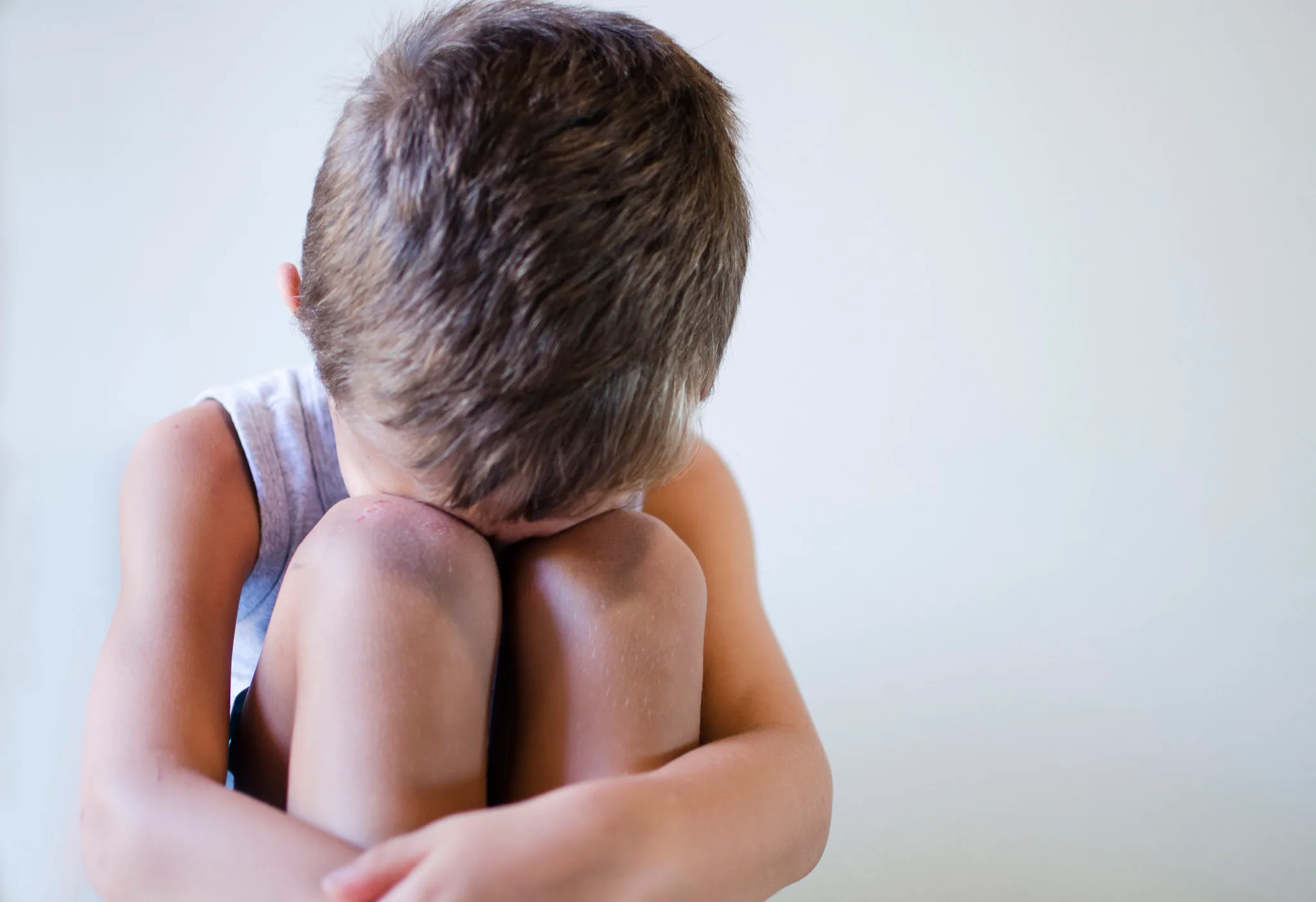10 Common Types of Childhood Trauma
- Baltimore Therapy Center

- Oct 2, 2024
- 5 min read
Updated: Oct 25

Imagine a world where every child grows up feeling safe, loved, and nurtured. Unfortunately, for millions of children, this ideal is far from reality. Adverse Childhood Experiences (ACEs) are traumatic events that occur before the age of 18 and can have long-lasting impacts on an individual’s mental and physical health. Understanding childhood trauma is crucial for parents, educators, and healthcare professionals to provide appropriate support and intervention.
Understanding Childhood Trauma
Childhood trauma refers to experiences that overwhelm a child’s ability to cope and can lead to lasting effects on their development and well-being. These experiences can range from physical abuse to more subtle forms of emotional neglect. Consequently, the impact can manifest in various ways, affecting mental health, physical health, and even life expectancy. A childhood trauma test can help assess the impact that childhood trauma may have had on someone. By understanding the different types and their long-term effects, we can better identify the support and interventions needed to promote healing and resilience.
1. Physical Abuse
Physical abuse is one of the most recognizable forms of childhood trauma. It involves non-accidental harm that results in injuries such as bruises, lesions, or fractures. This type of abuse can leave visible scars, but also invisible emotional wounds that may take years to heal. Children who experience physical abuse often struggle with trust issues, have difficulty forming healthy relationships, and may exhibit aggressive behaviors themselves. The long-term consequences can include increased risk for mental health disorders, substance abuse, and chronic health conditions.
2. Sexual Abuse
Sexual abuse is a particularly heinous form of childhood trauma that encompasses any sexual behavior with a child or exploitation for sexual purposes. This can include everything from indecent exposure to child prostitution or pornography. The impact of sexual abuse can be devastating and long-lasting. Survivors may experience a range of psychological issues, including post-traumatic stress disorder (PTSD), depression, and anxiety. They may also struggle with intimacy and trust in future relationships.

3. Emotional Abuse
Emotional abuse is often overlooked but can be just as damaging as physical or sexual abuse. It involves behavior that interferes with a child’s mental health, including verbal and psychological maltreatment. This can take the form of constant criticism, humiliation, or manipulation. Children who experience emotional abuse may develop low self-esteem, have difficulty expressing emotions, and struggle with maintaining healthy relationships. The effects can persist into adulthood, leading to challenges in both personal and professional life.
4. Physical Neglect
Physical neglect occurs when a caregiver fails to provide for a child’s basic needs, such as food, clothing, shelter, or medical attention. This form of neglect can have serious consequences on a child’s physical development and overall health. Children who experience physical neglect may suffer from malnutrition, chronic health issues, and developmental delays. The long-term effects can include difficulty trusting others and forming secure attachments.
5. Emotional Neglect
Emotional neglect is the failure to meet a child’s emotional needs, including ignoring their emotional responses or failing to provide comfort and support. This type of neglect can be particularly insidious, as it often goes unnoticed by outsiders. The impact of emotional neglect can be profound, leading to difficulties in emotional regulation, low self-worth, and challenges in forming meaningful relationships. Children who experience emotional neglect may struggle to identify and express their own emotions as adults.
6. Witnessing Domestic Violence
Exposure to domestic violence, particularly witnessing violence against a primary caregiver, can be deeply traumatic for children. This experience can affect a child’s sense of safety and security, impacting their attachment and overall well-being. Children who witness domestic violence may experience symptoms of PTSD, struggle with anxiety and depression, and have difficulty forming healthy relationships in adulthood. They may also be at increased risk of becoming victims or perpetrators of domestic violence themselves.
7. Substance Abuse in the Home
Living in a household where substance abuse is present can create an unpredictable and often unsafe environment for children. This type of trauma is associated with an increased risk of neglect, abuse, and exposure to dangerous situations. Children growing up in homes with substance abuse may develop trust issues, struggle with anxiety and depression, and be at higher risk for developing substance abuse problems themselves later in life.

8. Mental Illness in a Family Member
When a child lives with a family member who has a mental illness, it can significantly impact their own mental health and development. The unpredictability and stress associated with this situation can be traumatic for children. They may take on caretaking roles beyond their years, experience neglect due to the parent’s inability to provide consistent care, or develop anxiety and depression themselves and also be at increased risk for developing mental health issues in adulthood.
9. Parental Separation or Divorce
While not always traumatic, parental separation or divorce can have a significant impact on children, especially if they are exposed to verbal or physical fighting between parents. The loss of family stability can be deeply unsettling for children. Children of divorce may experience feelings of loss, anger, and confusion. They may struggle with trust issues in future relationships and have difficulty with emotional regulation. However, with proper support and healthy co-parenting, many children can successfully navigate this change in family structure.
10. Incarceration of a Family Member
Having an incarcerated parent or family member can be a traumatic experience for children, affecting household dynamics and childcare arrangements. This situation often comes with social stigma and can lead to financial instability for the family. Such children may experience feelings of shame, anger, and loss. They may struggle academically and be at increased risk for behavioral problems and mental health issues.
Recognizing the Signs of Childhood Trauma
Recognizing the signs of childhood trauma is crucial for early intervention. Common signs include: • Anxiety or fearfulness • Withdrawal from friends or activities • Sudden changes in behavior or school performance • Unexplained physical symptoms • Difficulty concentrating • Sleep disturbances or nightmares • Regression to earlier behaviors It’s important to note that these signs can vary depending on the child’s age, personality, and the nature of the trauma experienced.
Seeking Help and Support for Childhood Trauma

If you suspect a child has experienced trauma or are an adult dealing with the effects of childhood trauma, it’s essential to seek professional help.
Resources are available through:
• Mental health professionals specializing in trauma
• School counselors and social workers
• Child protective services
• Support groups for trauma survivors
Remember, healing is possible with the right support and interventions. Early recognition and treatment can significantly improve outcomes for those affected by childhood trauma.
In conclusion, understanding the various types of childhood trauma is crucial for creating a society that better protects and supports its most vulnerable members.
By recognizing the signs and impacts of these traumatic experiences, we can work towards prevention, early intervention, and healing for those affected.
It’s never too late to seek help and begin the journey towards recovery from childhood trauma.
In conclusion, understanding the various types of childhood trauma is crucial for creating a society that better protects and supports its most vulnerable members. By recognizing the signs and impacts of these traumatic experiences, we can work towards prevention, early intervention, and healing for those affected. It’s never too late to seek help and begin the journey towards recovery from childhood trauma.



Comments